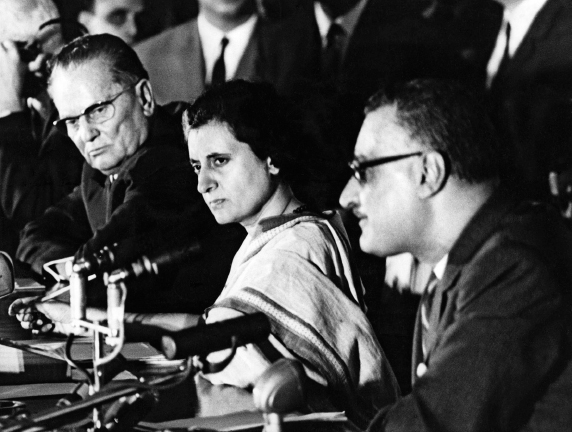How did religion and the legacies of colonialism affect the formation of new nations in South Asia and the Middle East after World War II?

AAS EUROPE MOVED TOWARD GREATER economic unity in the postwar era, nationalist independence movements in former colonies dramatically reversed centuries of overseas imperial expansion. The three South Asian countries created through independence from Britain and subsequent partition, India, Pakistan, and Bangladesh, reflected the dominant themes of national renaissance and modernization that characterized the end of colonialism, but ethnic and religious rivalries greatly complicated their renewal and development.
The nationalists who guided the formation of modern states in the Arab world struggled to balance Cold War pressures from the United States and the Soviet Union, as well as the tension between secular modernization and Islam. In many cases, these pressures resulted in the formation of one-